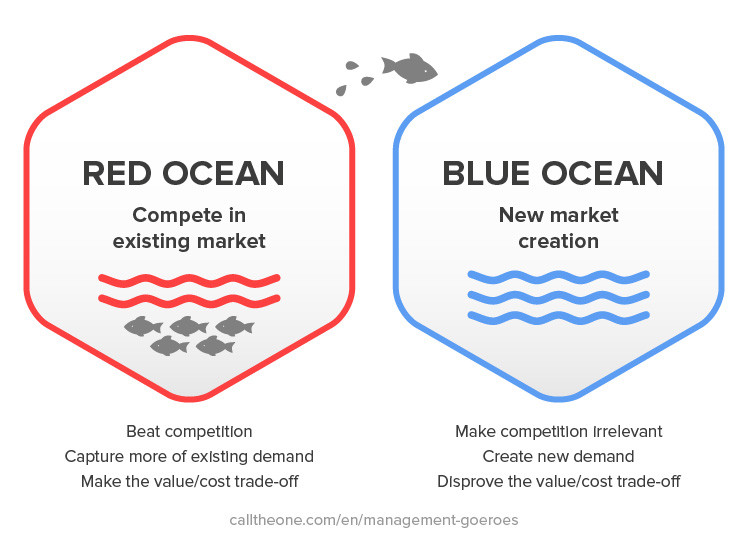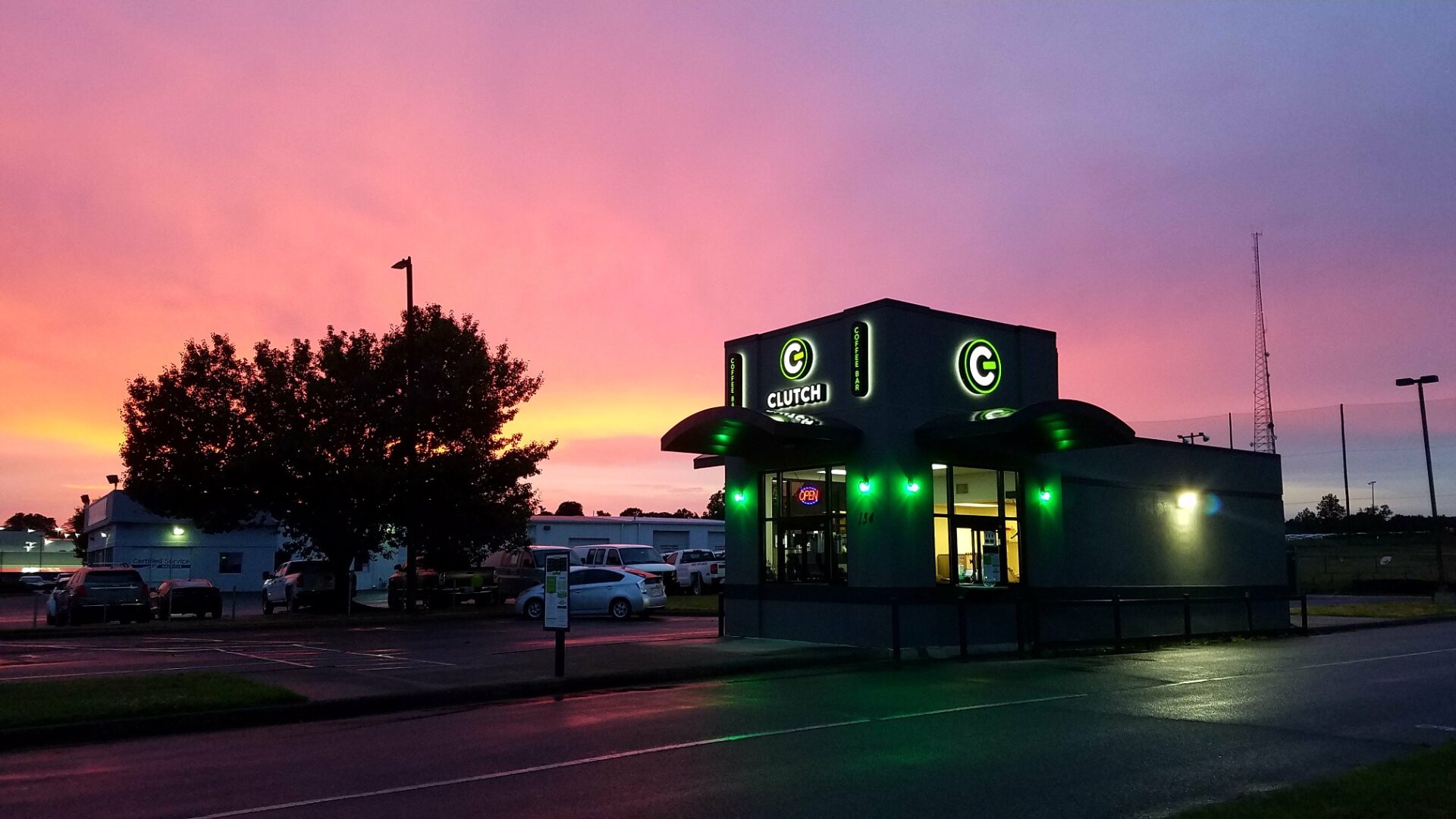In The Food Institute’s recent webinar “Achieving a self-sustaining business model: Top 3 trends companies need to think about post-COVID-19,” Greg Wank, CPA, CGMA, partner and leader of Anchin’s food and beverage group, as well as David Eben founder and CEO of Carrington Farms, discussed how to have a more successful business while burning less capital and attaining self-sustainability. The following summarizes the salient points highlighted during the webinar.
Operational and Financial Strategy (Greg Wank, Anchin)
Capital Efficiency
Capital efficiency means everything you’re doing in your business has a purpose and reason, and your expenses are aligned with that reason. Being capital efficient does not simply mean spending less money, it means spending money effectively, noted Wank.
Now is the time to start thinking about post-COVID. It is not known how accessible credit will be, so it is important to preserve cash as much as possible. When examining projections, Wank recommended treating the second half of 2020 as if it’s another fiscal year due to the unusual nature of the first half.
Wank also added that a self-sustaining business is one that generates sufficient EBITDA, or sufficient cash flow, to operate independently.
Margin Improvement
To achieve a self-sustaining business, it is essential to look at gross margin and contribution margin of all different products and sales channels—evaluating the entire supply chain.
This is a good time to take a look with a fresh lens at lower margin products that don’t add much value and possibly discontinue them or find ways to improve while focusing on growing stronger margin products.
Also focus on the most productive sales channels. Know your margins by these different channels and concentrate on where you can be the most effective.
Another important topic is getting closer to key suppliers. Reexamine your relationships and emphasize strong communication. During times of crisis, communication with suppliers should be at an all-time high. Be transparent to foster mutually beneficial relationships and focus on building stronger relationships you can capitalize on post-COVID.
Be careful about concentration of suppliers. Make sure to be diversified as much as possible to maximize profitability and lower risk. Similarly, while expanding your brand, look at things with a fresh set of eyes to ensure capital is not wasted.
In addition, 2020 might be the year where sales promotion spending is down. Better partner with distributors and customers to not rely as much on promotions.
Reassessing Operations
Evaluate everything on your profit and loss (PNL) in terms of cash flow per operating item.
For a lot of companies, the biggest expense below the gross margin line besides payroll is sales and marketing. Many companies strongly scaled back on advertising and marketing during the crisis and are still reporting record sales due to strong demand for food and beverage.
Constantly assess the makeup and performance of your team. For example, what is the right size of your team? Are there too many department heads and not enough people below them to do the work? This is an opportunity to reallocate and determine the right makeup for your business.
Corporate Strategy (David Eben, Carrington Farms)
Know Your Numbers
Use technology to give you numbers every week and identify patterns within those numbers. When examining the numbers, you can start to see what your company looks like in the future. You may realize an item is trending down, etc.
When you know your numbers, you know where you stand at all times and your bank will be confident. Analyze the numbers and determine how they align with your vision, goals, and strategy.
Ask Questions
“The person who asks the questions controls the conversation,” said Eben.
A key question to ask is what technology can be implemented to improve what you do. Ask everyone in the company, “What can we do to make your job easier?” Then focus on using different programs to get jobs done more efficiently.
Begin with the End in Mind
When you start with an idea, understand the end game. Ask, “What is the end game of this product?” The end game will help you start properly.
For example, Carrington Farms had the product goal to be in the top three in every category—this is the end game and was thought about constantly throughout development. Thinking this way makes it easier to focus because everyone has one angle and is thinking clearly.
Constantly Reinvent Yourself
Although it is important to have a base, it is crucial to be constantly pivoting and reinventing.
Pay attention for the next “big” thing and focus on how to take something that was successful in another industry and bring it into your own.
Lastly, Eben stressed evaluating whether one’s business strategy is a Blue Ocean strategy or a Red Ocean strategy, terms made popular by authors W. Chan Kim and Renee Mauborgne in their book Blue Ocean Strategy. Blue Ocean strategies are disruptive and transformative and thus higher margin, whereas Red Ocean strategies focus on beating the competition and thus lower margin. By pursuing Blue Ocean strategies, companies can begin to reinvent themselves and achieve higher success.
(Source: Calltheone.com)
To view the webinar in its entirety, go to https://foodinstitute.com/webinar/acheiving-self-sustaining-business-model.










